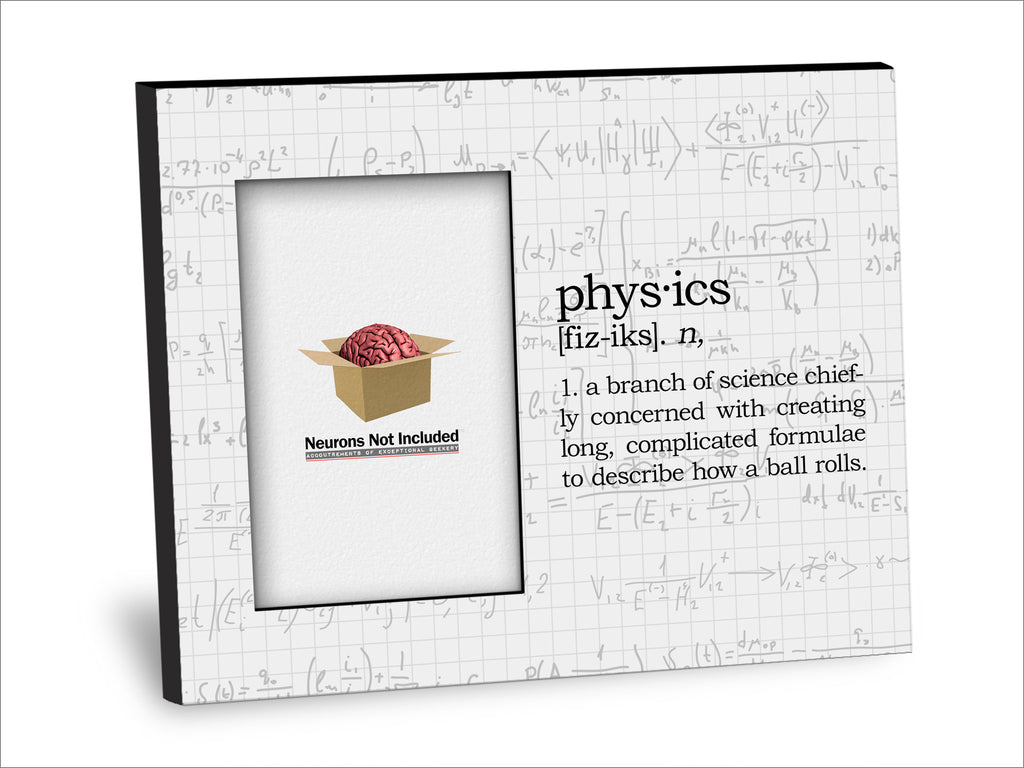
/quantum-entanglement-623682717-598b59e4aad52b0010200130.jpg)
It describes the outcomes of experiments that showed that light and matter had the properties of particles or waves, depending on how they were measured. Wave-particle duality: This principle dates back to the earliest days of quantum science.Other central concepts helped to establish the foundations of quantum physics: Electrons can jump from one orbital to another as they gain or lose energy, but they cannot be found between orbitals.

Modern quantum physics instead understands electrons as being distributed within orbitals, mathematical descriptions that represent the probability of the electrons' existence in more than one location within a given range at any given time. Early models depicted electrons as particles that orbited the nucleus, much like the way satellites orbit Earth. Knowledge of quantum principles transformed our conceptualization of the atom, which consists of a nucleus surrounded by electrons.

In fact, the word "quantum" has Latin roots and means "how much." For example, light of a fixed frequency will deliver energy in quanta called "photons." Each photon at this frequency will have the same amount of energy, and this energy can't be broken down into smaller units. Among the basic discoveries was the realization that matter and energy can be thought of as discrete packets, or quanta, that have a minimum value associated with them.
#Physics definition series
The field of quantum physics arose in the late 1800s and early 1900s from a series of experimental observations of atoms that didn't make intuitive sense in the context of classical physics. Quantum science may even reveal how everything in the universe (or in multiple universes) is connected to everything else through higher dimensions that our senses cannot comprehend. Physicists are exploring the potential of quantum science to transform our view of gravity and its connection to space and time. These discoveries are a valuable resource for innovation, giving rise to devices such as lasers and transistors, and enabling real progress on technologies once considered purely speculative, such as quantum computers. Quantum discoveries have been incorporated into our foundational understanding of materials, chemistry, biology, and astronomy. In fact, quantum science closes gaps in our knowledge of physics to give us a more complete picture of our everyday lives. This may give the wrong impression that quantum phenomena are bizarre or otherworldly. However, we may not be able to detect them easily in larger objects. While many quantum experiments examine very small objects, such as electrons and photons, quantum phenomena are all around us, acting on every scale.


 0 kommentar(er)
0 kommentar(er)
